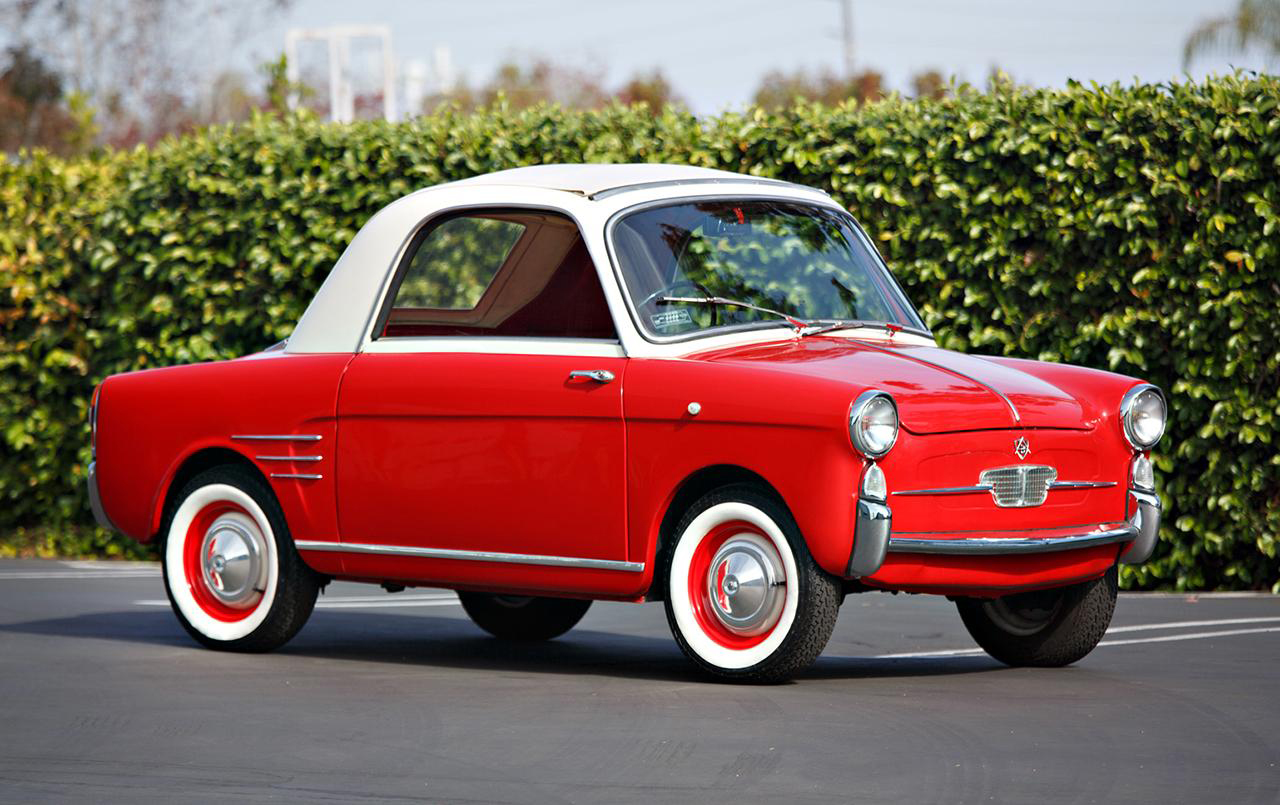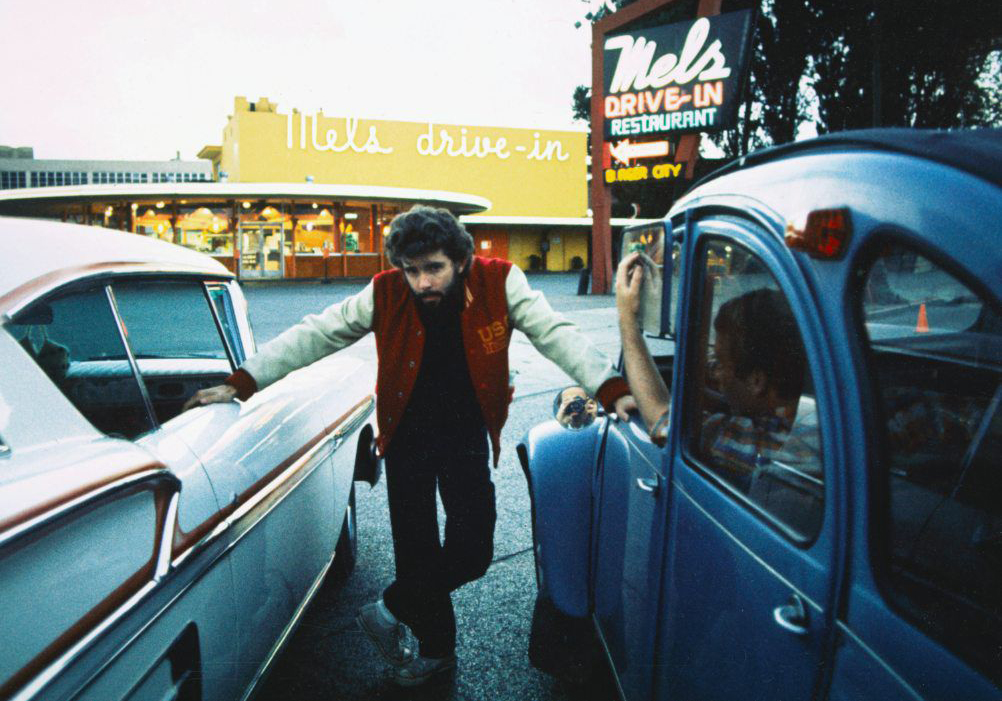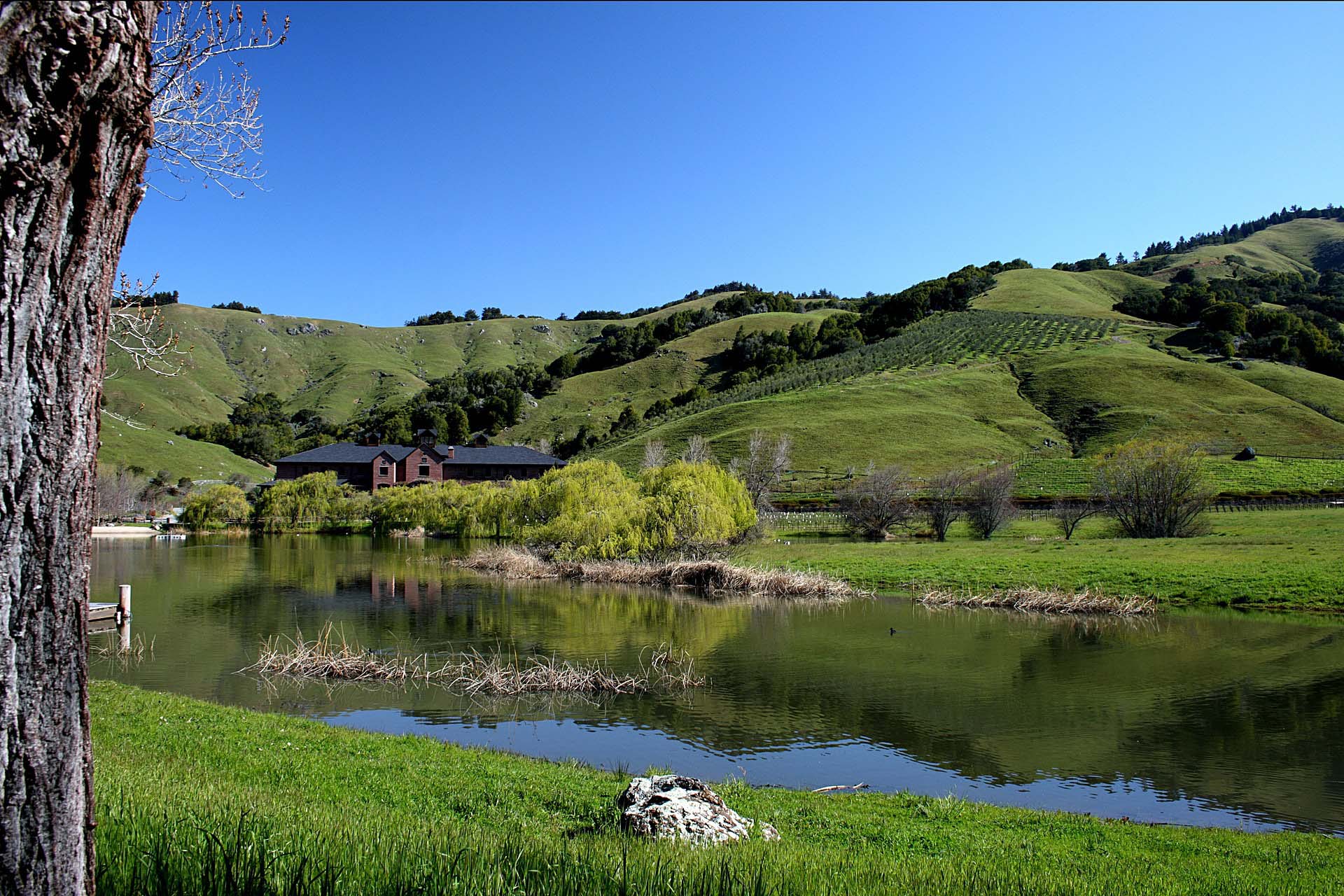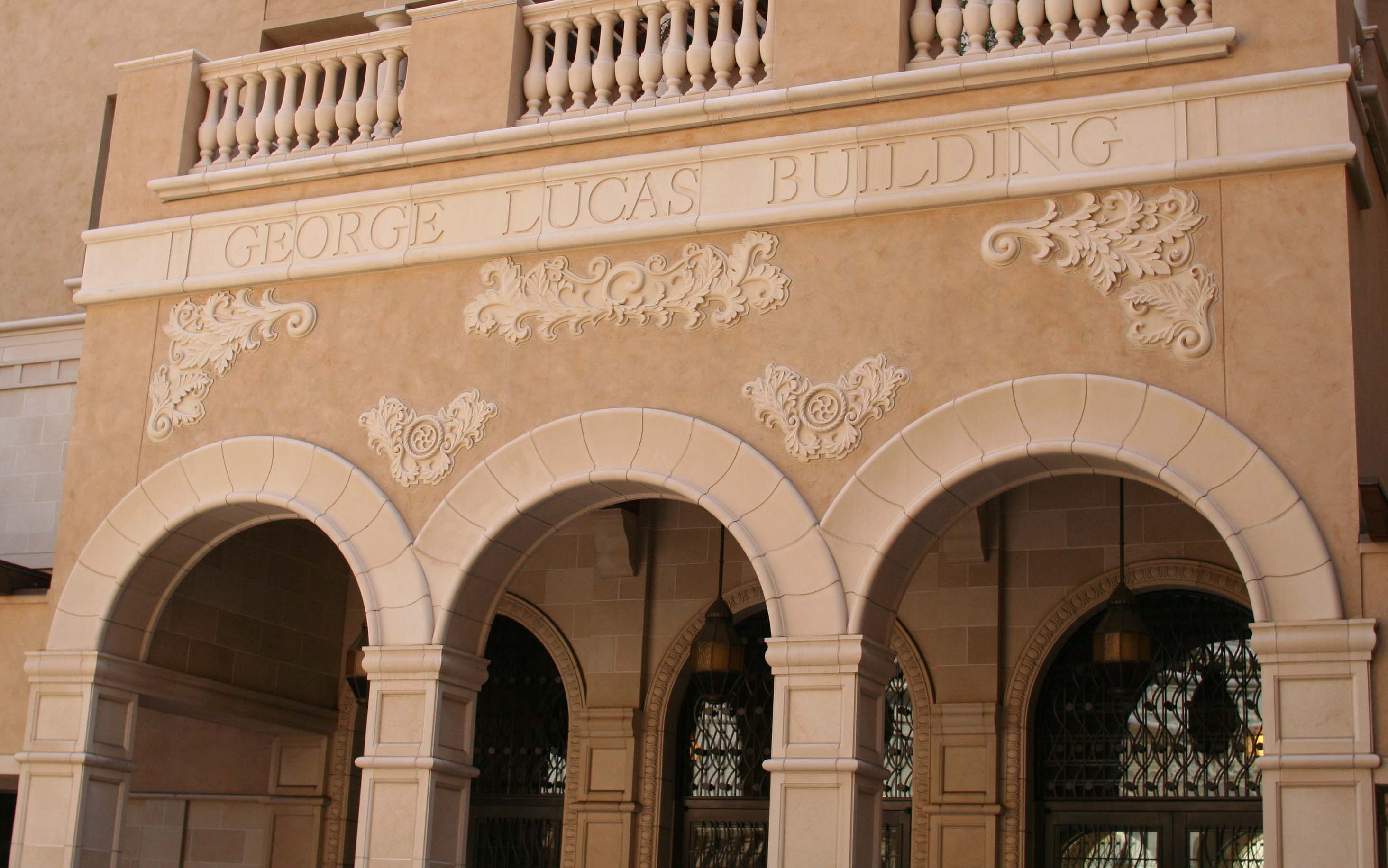How True Superhero George Lucas Harnessed The Force
Some people become superheroes while others create them. One person who can be said to have done both is George Lucas, who has not only created an entire universe of heroes, but gone on to perform numerous heroic deeds of his own. His characters have performed extraordinary feats all the way from the snowy wastes of Hoth to the Kingdom of the Crystal Skull, but George might just be able to outstrip them all with the scale of his philanthropy. Were it not for a fateful accident, his tale may well have been very different…
The Young Podracer
George’s father, George Lucas Sr., was the owner of a stationery store and he wanted the young George to take over the family business. George Jr. had other ideas; like many teenagers in the 1950s he was obsessed with cars and dreamed of becoming a professional racing driver. He begged his father for a vehicle, and the elder George finally relented and bought him a tiny Italian runaround, an Autobianchi Bianchina. This seemed like a safe and practical option, but George Jr. quickly set to work at local garages and turned the miniature bubble car into a speed machine. Before long, to the great surprise of the underground car enthusiast scene of Modesto, California, he was winning street races in this improbable vehicle.

Unfortunately, three days before he was due to graduate from high school, he was involved in a near-fatal accident that left him hospitalized for several months. This close call with death caused George to rethink his future options, and he settled on a less dangerous path. The family stationery business still did not figure in these plans, though, and soon after he left hospital he set off for art college promising his disappointed father that he would become a millionaire by the time he was 30.
"The brand new social experience where you activate your gaming skills as you train like a spy."
- TimeOut
Take on thrilling, high-energy espionage challenges across different game zones.

Teaching through storytelling
George Jr.’s route to fame and fortune still involved his beloved automobiles. Instead of driving them he would photograph them, and later film them, a path that would take him to the University of Southern California’s (USC) film school. Here he would meet a young Francis Ford Coppola, whose encouragement and support would help propel Lucas into the director’s chair. The two would become lifelong friends and frequent collaborators, but Lucas’ first big success was achieved as a solo effort. 1973’s American Graffiti was the first release for Lucasfilm, and it was an extraordinary success. Costing just $777,000 to make, it didn’t just secure five Oscar nominations (including Best Picture and Best Director), it also took $140m at the box office, making good on George Jnr’s promise to his father with two years to spare.

American Graffiti was about George’s first love, a nostalgic look at the illicit street racing scene of his youth. Now, with enormous resources behind him, his mind turned to more heroic narratives. Lucas would later say that “a good storyteller is ultimately a teacher – using the arts as a means of making education emotionally meaningful”, and his next project sought to teach values in an entertaining way. To say he succeeded would be an understatement, as Star Wars became the highest-grossing film of all time and has gone on to become the second-highest grossing film franchise in history, with the movies alone bringing in over $10bn over the last 35 years.

Use the ranch, Luke
It wasn’t just Star Wars, of course; soon after the 1980 release of The Empire Strikes Back, George unleashed another enormous movie hero in the form of Indiana Jones, a character idea he had conceived in the early 1970s. Raiders of the Lost Ark was more of a collaborative effort than the Star Wars franchise, with Lucas being chiefly responsible for the story ideas, but its runaway success - coupled with the staggering revenues from the Star Wars films - meant Lucasfilm generated enormous profits throughout the 1980s. George decided to use these extraordinary resources to develop Skywalker Ranch, a huge filmmaking complex in Marin County, California, which would become the creative hub for countless projects bearing the Lucas name in the years to come.

Giving back the force
As time has passed, George’s charitable endeavours have grown larger and more impactful. In 2006, the university where he had learned his trade received an extraordinary return on their investment as Lucas donated $175m to his alma mater to enable a substantial expansion of his old film school. This was not the first time George had donated to USC, but it was certainly the largest grant the university had ever received, and the largest donation made to a film school anywhere in the world.

More was to come. In 2010, George was one of the first signatories of The Giving Pledge, an initiative of Bill Gates and Warren Buffet where participants pledged to donate half of their wealth to charitable causes. Just two years later, Lucas sold Lucasfilm to The Walt Disney Company for a reported sum of more than $4bn. While George’s wealth is not widely known - in part because of the enormous scale of his charitable donations - it’s estimated that this sale brought his net worth to somewhere north of $8bn.
The impact of giving half of that sum away is hard to exaggerate, especially when you consider the way George intends to use it. His letter explaining his motivations for signing The Giving Pledge makes for fascinating reading. In it he says “My pledge is to the process; as long as I have the resources at my disposal, I will seek to raise the bar for future generations of students of all ages. I am dedicating the majority of my wealth to improving education. It is the key to the survival of the human race. We have to plan for our collective future - and the first step begins with the social, emotional, and intellectual tools we provide to our children. As humans, our greatest tool for survival is our ability to think and to adapt - as educators, storytellers, and communicators our responsibility is to continue to do so.“
While it may be hard to reckon the full impact of such a massive pledge, one thing is for certain: George Lucas is destined to not just be one of our best storytellers, but also one of our most prolific educators.
SPYSCAPE+

Join now to get True Spies episodes early and ad-free every week, plus subscriber-only Debriefs and Q&As to bring you closer to your favorite spies and stories from the show. You’ll also get our exclusive series The Razumov Files and The Great James Bond Car Robbery!


Gadgets & Gifts
Explore a world of secrets together. Navigate through interactive exhibits and missions to discover your spy roles.
Your Spy Skills
We all have valuable spy skills - your mission is to discover yours. See if you have what it takes to be a secret agent, with our authentic spy skills evaluation* developed by a former Head of Training at British Intelligence. It's FREE so share & compare with friends now!
* Find more information about the scientific methods behind the evaluation here.


Stay Connected
Follow us for the latest
TIKTOK
INSTAGRAM
X
FACEBOOK
YOUTUBE